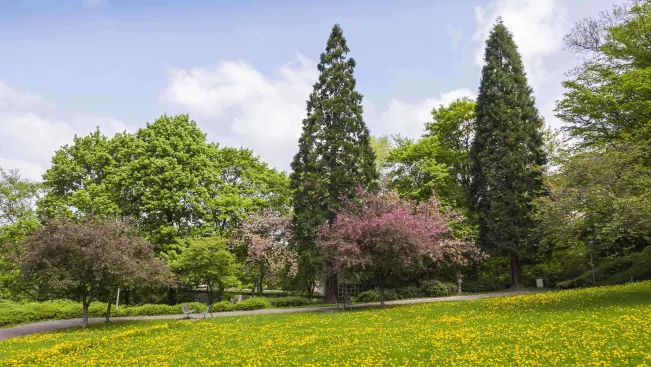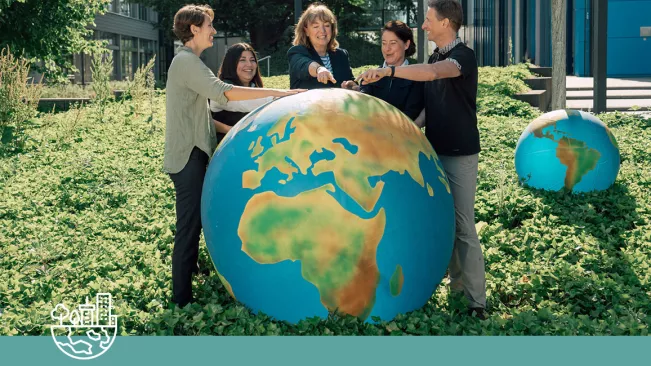International Centre for Sustainable Development (IZNE)
Green oases in the city - optimal design equals optimal relaxation?
How can urban parks be optimally designed to promote well-being and protect nature at the same time? And what ultimately makes them a true oasis of peace?

In a world where we often rush from one appointment to the next during the week and are constantly busy, many of us long for a balance in nature in our free time to find peace and quiet. But does this inner peace really happen automatically and everywhere in nature? Why do we feel so much more balanced there? How can these spaces be designed most effectively and what factors actually contribute to us feeling so balanced in nature?
Unsurprisingly, not only the presence but also the quality of green spaces is crucial for human well-being and the preservation of biodiversity in urban areas. By prioritizing safety, integrating natural elements and promoting biodiversity, urban parks can be designed and managed to balance the needs of people and wildlife, creating healthier and more resilient urban areas.
The results of a study conducted by the research college "One Health and Urban Transformation - Identifying Risks and Developing Sustainable Solutions" by researchers from the Center for Development Research (ZEF), the Geo Health Centre and the Institute for Geodesy and Geoinformation (Urban Planning and Land Management) at the University of Bonn and the International Centre for Sustainable Development (IZNE) at the Bonn-Rhein-Sieg University of Applied Sciences provide actionable insights for improving urban park environments.
In this study, they used the One Health approach to investigate the impact of urban parks on human mental health and support for wildlife. They show that the perceived recreation of park users strongly depends on location and factors such as safety and naturalness.In order to reconcile the needs of humans and animals in green spaces, a heterogeneous green infrastructure network is required that takes into account so-called trade-offs and creates synergies between the dimensions.
Contact

Wiltrud Terlau
Professor of Economics, Resilient and Sustainable Development, Director of the International Centre for Sustainable Development (IZNE), Department of Economics
Research fields
Location
Rheinbach
Room
B 111
Address
von-Liebig-Straße 20
53359, Rheinbach
Telephone
+49 2241 865 410Location
Sankt Augustin
Room
Raum G 039
Address
Grantham-Allee 20,
53757, Sankt Augustin


